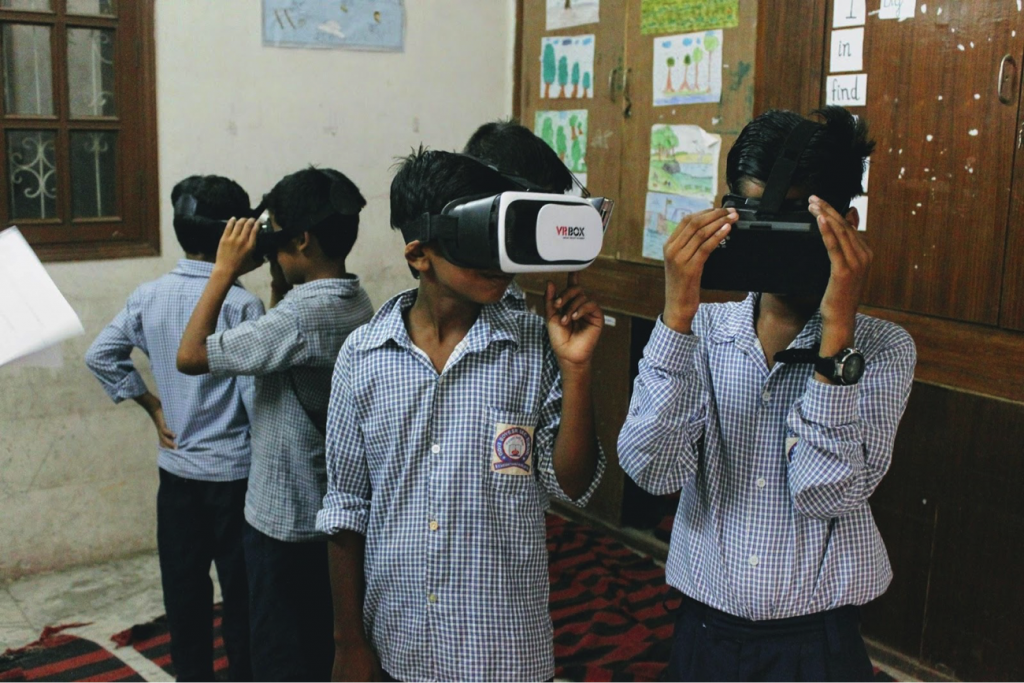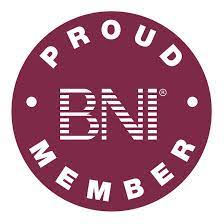Virtual Reality (VR) is a rapidly advancing technology that has the potential to revolutionize education in Indian classrooms. VR offers immersive and interactive experiences that can engage and motivate students in new ways, and help them develop a deeper understanding of complex concepts. Here are some ways in which VR is changing Indian classrooms and shaping the future of education:
- Enhanced Learning Experience: VR can create a highly immersive learning experience that can transport students to different environments and scenarios, allowing them to interact with objects and learn in a more engaging and meaningful way. For example, students can visit historical sites, explore outer space, or travel through the human body, all within the virtual world.
- Personalized Learning: VR can be used to personalize learning by adapting to the needs and learning styles of individual students. This can help students learn at their own pace and receive customized feedback and support.
- Collaboration and Communication: VR can facilitate collaboration and communication between students, allowing them to work together on projects and tasks in a virtual environment. This can help students develop teamwork and communication skills, which are essential for success in the 21st-century workplace.
- Real-world Simulations: VR can be used to simulate real-world scenarios and provide students with hands-on experience in a safe and controlled environment. For example, students can practice surgical procedures or flight simulations, which can be difficult or impossible to do in the real world.
- Accessibility: VR can be used to make education more accessible to students with disabilities or those who are unable to attend school physically. VR can provide these students with a virtual learning environment that is tailored to their needs and abilities.
While VR has the potential to transform education in Indian classrooms, there are also some challenges and concerns that need to be addressed. These include:
- Cost: VR technology can be expensive to acquire and maintain, making it difficult for many schools in India to afford it.
- Content: The availability of quality VR content for education is limited, and there is a need for more investment in content creation and development.
- Safety and Health Concerns: There are concerns about the impact of prolonged VR use on students’ health and safety. It is important to ensure that appropriate guidelines and protocols are in place to minimize these risks.
- Teacher Training: There is a need for teacher training and professional development to help them integrate VR technology into their teaching practices effectively.
In conclusion, VR technology is changing Indian classrooms and shaping the future of education by enhancing the learning experience, providing personalized learning, facilitating collaboration and communication, simulating real-world scenarios, and improving accessibility. However, it is important to address challenges and concerns related to cost, content, safety and health, and teacher training. By investing in VR technology and addressing these challenges, we can help unlock the potential of this transformative technology to improve education for all students in India.










